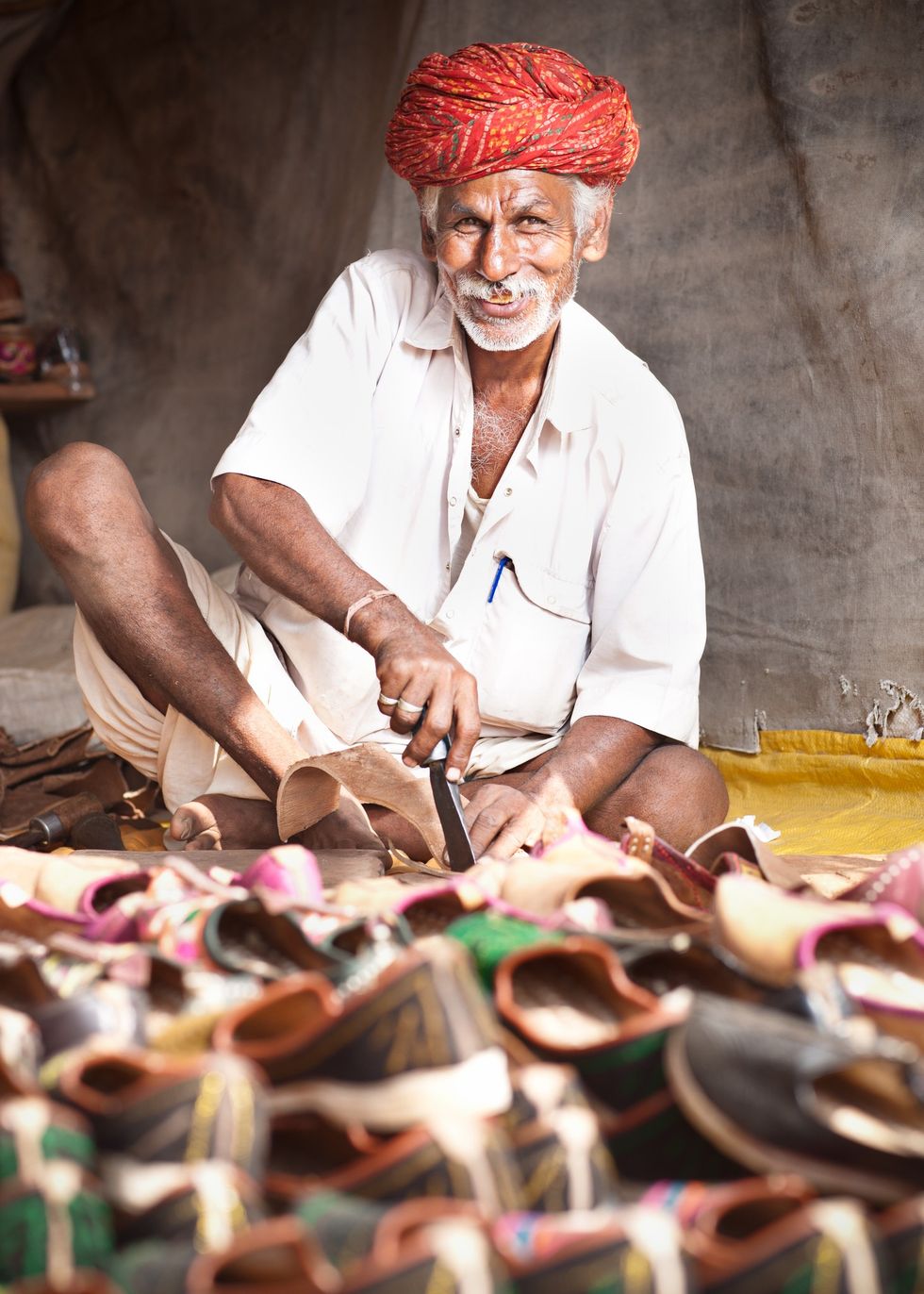Mitchell Starc led the Australian pace attack with three wickets Monday to put the visitors in the driving seat on day three of the second Test against Pakistan in Karachi.
The lanky left-armer took 3-29 as Pakistan were bundled out for a paltry 148 in reply to Australia's mammoth first innings of 556-9 declared.
Despite a big 408-run lead, Australia did not enforce the follow-on and at the close on the third day were 81-1 in their second innings, leading by 489 with nine wickets intact.
Opener Usman Khawaja was unbeaten on 35 and Marnus Labuschagne 37 after David Warner fell to Hasan Ali for seven.
"It's a much more abrasive wicket, few more cracks, and the square is so much drier and bare which played a factor in achieving the reverse swing," said Starc.
"Over the last couple of days we knew the pitch would deteriorate to some degree, but we were not sure it would happen so quickly."
Australia have two full days to enforce a big win and take a 1-0 lead in the three-match series, their first tour of Pakistan in 24 years.
Pakistan's collapse in 53 overs was in complete contrast to Australia, who stayed out for 189 overs, plundering runs at ease.
Starc, who went wicketless in the drawn first Test in Rawalpindi last week, had Azhar Ali (14), Fawad Alam (nought) and Sajid Khan (five) out as Pakistan lost six wickets in the space of 62 runs after being 38-1 at lunch.
Debutant leg-spinner Mitchell Swepson finished with 2-32 including the wicket of Azam, who miscued a drive and was caught at long-off.
It all went wrong in the first over after lunch when Haq -- who scored twin centuries in the opening Test -- fell to a rash shot, lofting spinner Nathan Lyon to skipper Pat Cummins at mid-on.
Starc then had Azhar caught in the slips and next ball trapped Alam with a sharp in-dipping yorker. He almost had a hat-trick when Mohammad Rizwan was beaten neck and crop, but didn't edge.
Rizwan didn't last long, however, as he edged Cummins for wicketkeeper Alex Carey to take a simple catch on six, and next over Cameron Green trapped Faheem Ashraf leg before for four.
Starc then had Sajid caught behind, taking 3-24 in 10 incisive overs as wickets fell in a cluster, in contrast to Australia's run-spree on a low bounce National Cricket Stadium pitch.
Earlier, opener Abdullah Shafique was run out for 13 as Pakistan faltered at the start.
Shafique, who hit a brilliant unbeaten century in Rawalpindi, had made 13 of Pakistan's 26-run opening stand when he failed to beat Swepson's direct throw from point after being called for a sharp single.
Pakistan's batting coach Mohammad Yousuf admitted two run outs in the innings didn't help.
"They got good momentum and after 20-25 overs they got reverse swing and their experienced bowlers made good use of that," said Yousuf.
Australia had resumed the third day on 505-8 as Cummins opted to bat on.
Pakistan struck with the second ball of the day when fast bowler Shaheen Shah Afridi had Starc caught at cover by Azhar without adding to his overnight 28.
But that was all the success they had as Cummins, who finished on 34 not out, added a brisk 51 for the ninth wicket with Swepson (15) before declaring.
All-rounder Ashraf was the pick of the attack with his 2-55 from 21 overs, while off-spinner Sajid Khan took 2-167 from 57 overs.
















 Prada confirms Kolhapuri chappals inspired its 2026 Milan collectionInstagram/
Prada confirms Kolhapuri chappals inspired its 2026 Milan collectionInstagram/ Kolhapuri chappals have been crafted for centuries and received GI tag in 2019 iStock
Kolhapuri chappals have been crafted for centuries and received GI tag in 2019 iStock 
 Shefali Jariwala dies at 42 after cardiac arrest, industry mourns Kaanta Laga starInstagram/
Shefali Jariwala dies at 42 after cardiac arrest, industry mourns Kaanta Laga starInstagram/ Shefali Jariwala was married to actor Parag Tyagi,Instagram/
Shefali Jariwala was married to actor Parag Tyagi,Instagram/